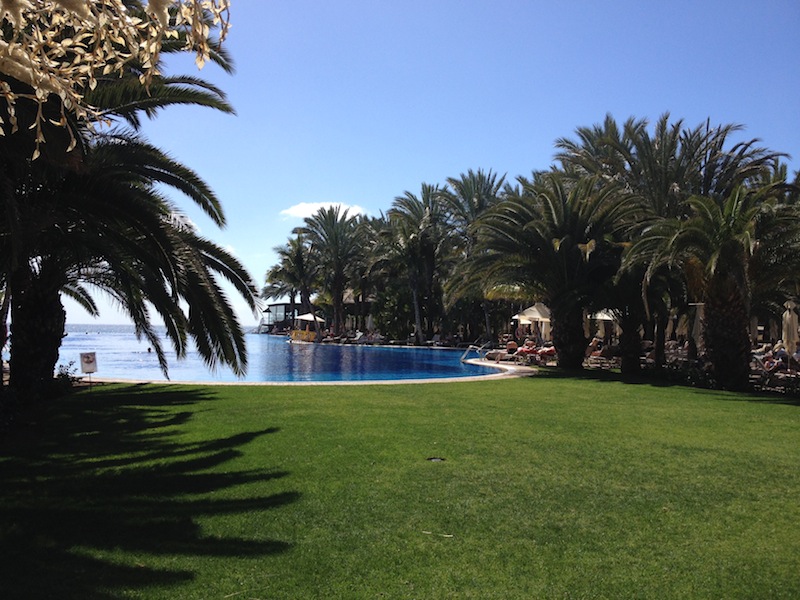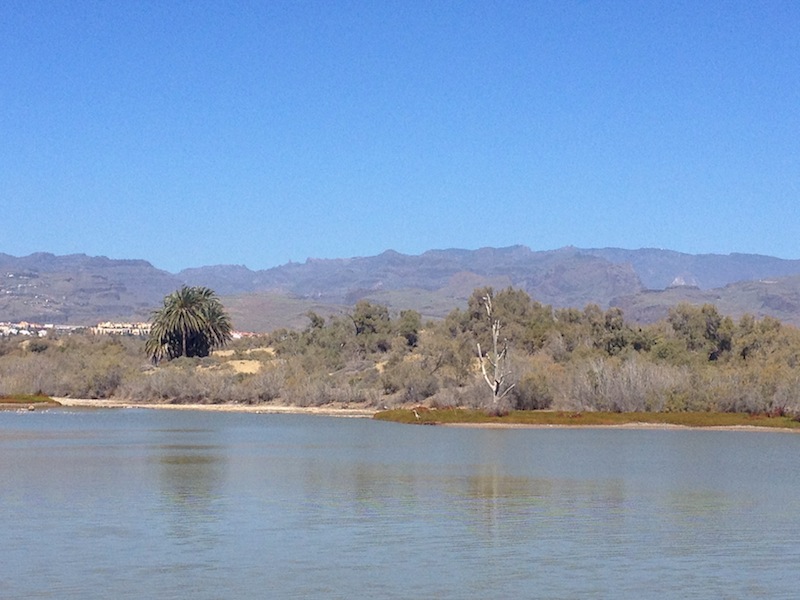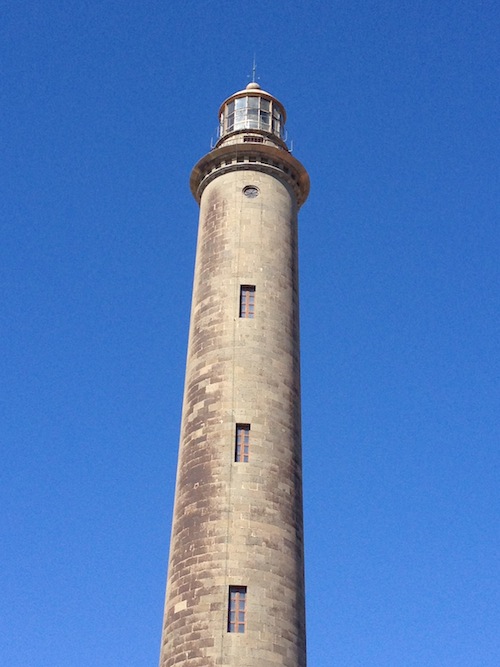Gran Canaria represents tourism on steroids to some but the sunshine, the sandy beaches and the great nightlife have drawn me to the island three times over the years for a lazy winter break, away from the drabness of a British winter.
Having been based in an average hotel in Playa del Ingles on our last trip, the lad and I opted for the smaller if linked development of Maspalomas and much smarter accommodation. The resort lies on one side of the island’s extraordinary sand dunes, the natural landmark that dominates the south-east coast.
I spotted the dunes as we flew in on our British Airways A320 from Heathrow, as well as the clouds that hovered gloomily over the mountains of the interior. They did little to lift my spirits after the cramped tedium of the flight, a gloom compounded by the battle to collect our baggage at Las Palmas airport amid the armies of tourists from across northern Europe.
Escaping the airport, I was struck – as I always am – by how unpromising the island looks when driving south. The landscape is bleak and volcanic, particular on a cloudy day, and ugly warehouses and industry line the road monotonously.

Beyond I could see too much litter, graffiti and endless fields covered in tatty white plastic, protecting fruit and veg from the extremes of the climate.
Rather more majestic were the fields of wind turbines hugging the coastline.
We’d chosen the Lopesan Costa Meloneras as our base, a grand if sprawling affair with zillions of rooms, a large infinity pool as one of its central features and beautifully maintained grounds peppered with other pools and bars. It wasn’t a bad choice at all.
The week may have begun with cloud and chilly weather but it wasn’t long before the sun broke through and the temperatures began to climb.
Twice we chose to head to the beach but on both occasions we found ourselves exposed to strong winds. The wind whipped up large Atlantic waves as well as the giant sand dunes, the protected reserve as famous for its natural wonders as it is for its naturism and dogging. We didn’t walk across it on this visit – the legs took too much punishment the last time we stayed.

As we walked the 15 minutes or so from the resort to the gay beach at the romantically named Kiosk 7, we got blasted from head to toe by the sand. I felt like an historic building getting the facelift treatment. The wind breaks and the umbrella we hired did little to relieve the torment, and reading my Bill Bryson book became a chore.
We ended up plastered in a mix of sun tan cream and sand and soon surrendered to the inevitable, packing up our things and returning to the much more sheltered hotel grounds.
There we could find a spot amid the palms and relax in the sunshine with a good book and a chilled beer, dipping into the pool periodically to cool down.

Our hotel, the others in the area, and the nearby restaurants, bars and shopping malls, are but a few years old so we found little else of cultural interest to keep us occupied. There’s the magnificent lighthouse that stands proudly at the heart of Maspalomas, and a lagoon and nature reserve at the back of the beach, but that’s about it. A trip to the volcanic heart of the island was aborted when we couldn’t find a hire car anywhere.
But as we wanted a quiet week, that was fine with me. So we did little more than go for the occasional walk. At any time of day, there were plenty of families and locals promenading up and down the seafront. A group of scantily clad muscle dudes regularly performed acrobatics on the seafront for small change, while surfers offshore made the most of the lively waves.
For food, we usually headed to the streets of nearby Playa del Ingles – a 6 euro cab ride away. Las Cumbres was our favourite, a traditional Spanish restaurant that stood out for its home cooking amid a sea of generic places with vast international menus.
Friends were staying in the resort for a few days and we spent the evenings with them in the Yumbo Centre in Playa, the heart of the resort’s gay nightlife. Twenty or so years ago on my first visit, it had the appearance and all the charm of a multi-storey car park in Skegness.

Plenty of planting has helped soften those rougher edges but it’s still a weird place, a mix of British seaside tackiness and garish neon, numerous bars and restaurants, souvenir shops and other retailers. It’s the sort of place I normally hate with a passion but somehow it works in GC.
How one small resort on the edge of Europe can support so many gay bars is, however, quite beyond me. And they cater for all tastes – drag bars whose shows often attract the straight crowd, through to sleazy dens of vice and corruption that, of course, you’d never see me in. But many of the bars have hardly changed in all those years either, so a visit to the Yumbo is a bit like stepping back in time.
We did the tour and found ourselves in such places as Spartacus, Adonis and Construction – the latter with pole dancers. Most looked bored to tears with their job, although one did some manage some scary things with fire while keeping his bits intact. Perhaps it was the time of year, but the Yumbo was a lot quieter than I remembered it being in previous years. And the crowd was noticeably older too.

One night we spent a short time in the casino linked to our hotel. Short because my 50 euros disappeared quicker than a tart’s reputation.
It was one of the low points of the week in monetary terms.
One of the highlights, however, was back in the heart of the hotel. On the recommendation of our friends we paid for a four-hour session in the spa, which ended up being a truly relaxing morning thanks to the Dead Sea-type flotation pool, the hot and cold water treatments and steam rooms. The most bizarre room, however, was a womb complete with labia made of carpet.
And you’d only find that in Gran Canaria.

